Chocolate milk comes from brown cows. All farmers wear overalls. And big farms are bad.
Those food and farm myths are abundant—online and in the classroom. Leaving students feeling a little confused.
That’s why agriculture deserves a place in all classrooms and in all teaching styles. From elementary to high school and everywhere in between.
Each grade offers something. In elementary, students learn how to read and write. How to do simple math problems. They study science. Because these subjects are the foundation of our public education system, helping to shape a balanced education.
In high school, subjects get tougher. Problems get more difficult to solve.
Oftentimes, agriculture is still missing from the curriculum unless it’s an agricultural science course.
That’s why many kids don’t know where their food comes from or how agriculture touches each of them daily.
As the number of farms goes down and the population continues to rise, there’s a growing gap of students without any connection to agriculture. That often leads to misinformation, false images and stories—often portraying agriculture in a negative light. And that has shifted our perception.
FFA and 4-H programs help get kids connected to agriculture and possible future careers—engineering, nutrition, communications and more.
But what if every student had the ability to discover the exciting world of agriculture in every grade?
Engaging students—young and older—about where their food and fiber comes from could have a big impact.
Texas Farm Bureau (TFB) does its part in helping to engage and expand young minds through the Ag in the Classroom Program, which provides instructional materials and lesson plans for students in grades 1-6.
TFB’s Planting the Seed program also offers the chance for students to plant a seed and watch it grow. And the Learning from the Ground Up program provides a way for students to take learning outside the classroom by establishing or improving school gardens or greenhouses.
It’s the exciting world of agriculture right at their fingertips!
Teachers can even get hands-on learning with agricultural concepts through the Summer Ag Institute.
As Thanksgiving quickly approaches, teachers can use educational materials to help students make the farm-to-food connection.
An even better option? Ask farmers and ranchers to come to the classroom. What better way to learn about farming than from the people who grow our food, fiber and fuel!
Agriculture has a place in reading, writing, math and science. Help your kids plant the seed of agricultural learning. Nurture it. Watch them grow. And harvest the rewards—a better understanding of Texas agriculture and sharing that knowledge with others.

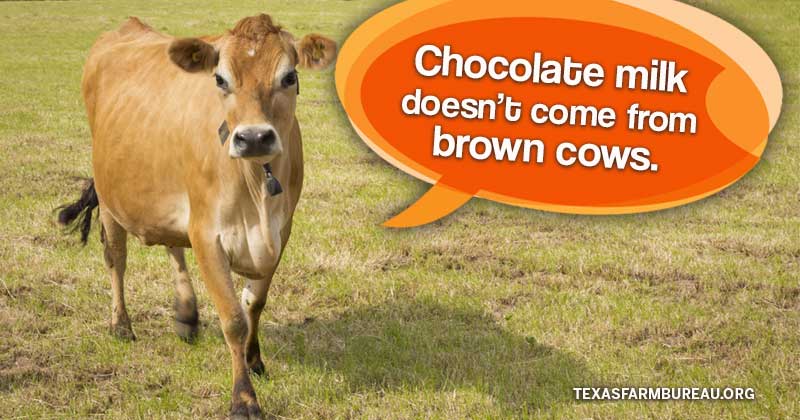
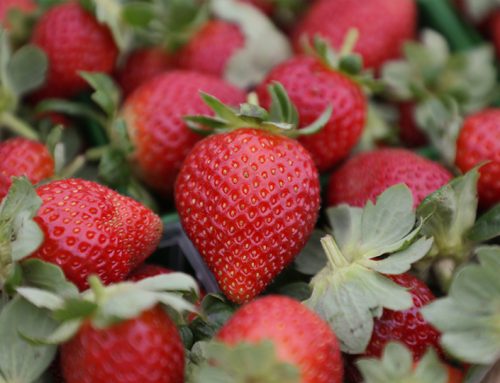
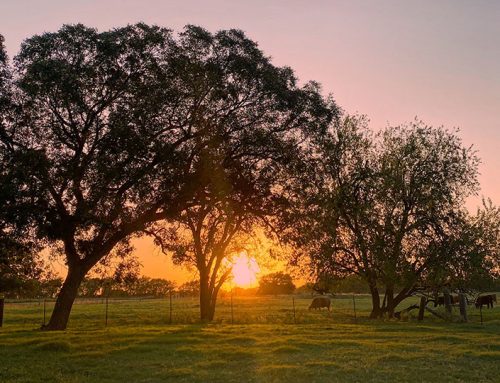
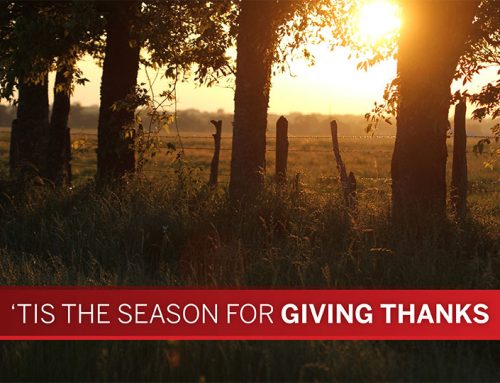
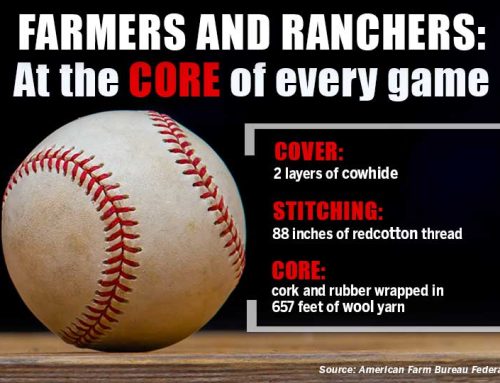
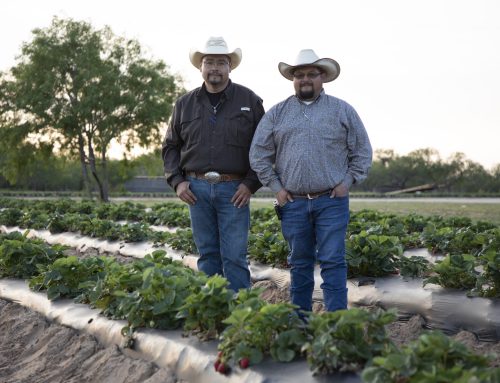




Leave A Comment